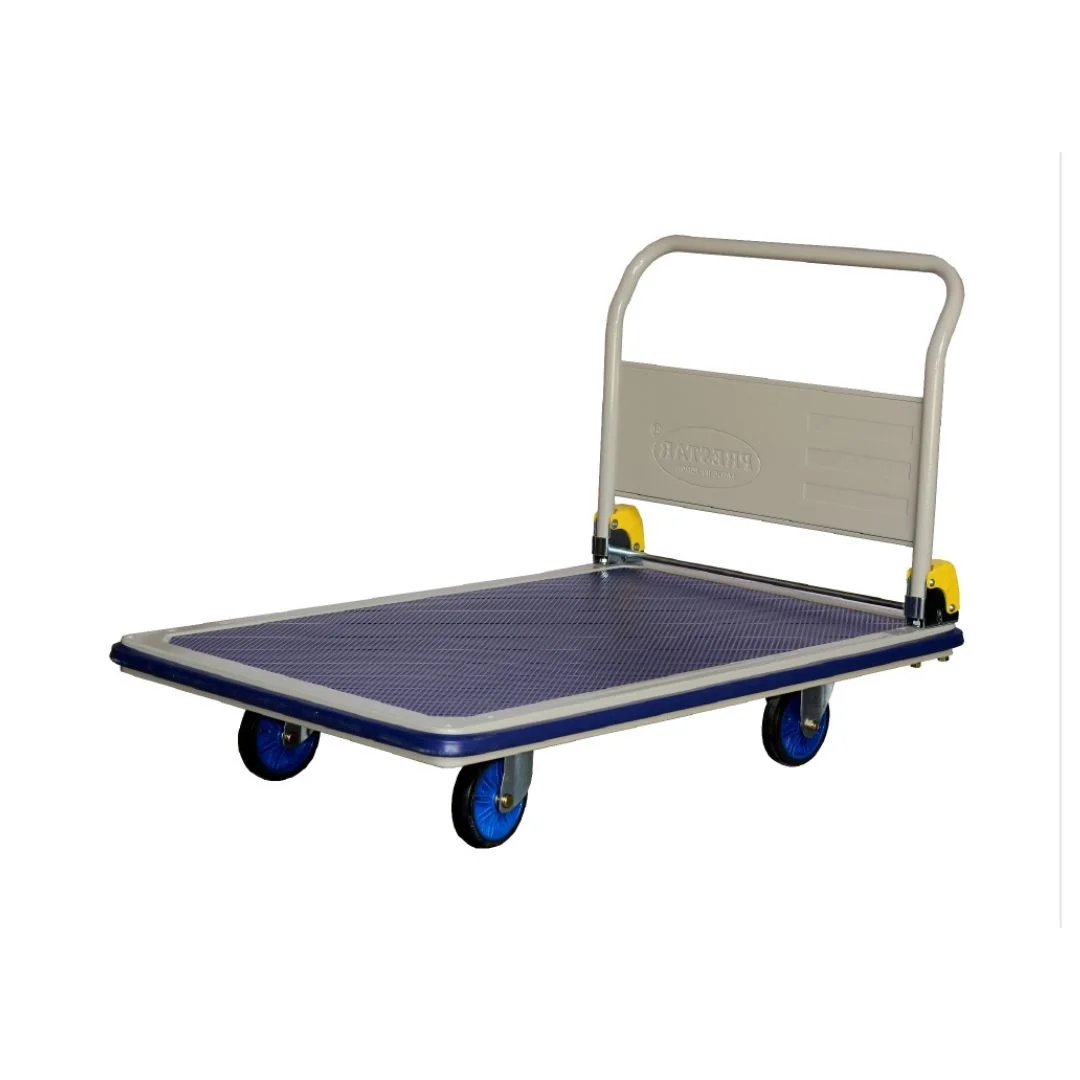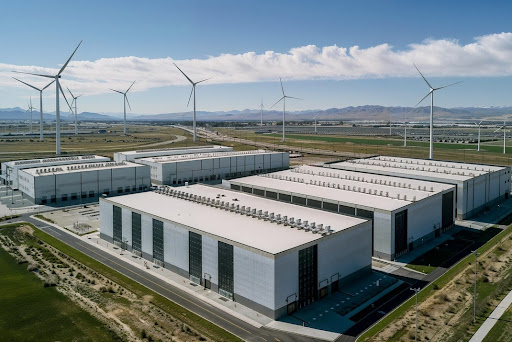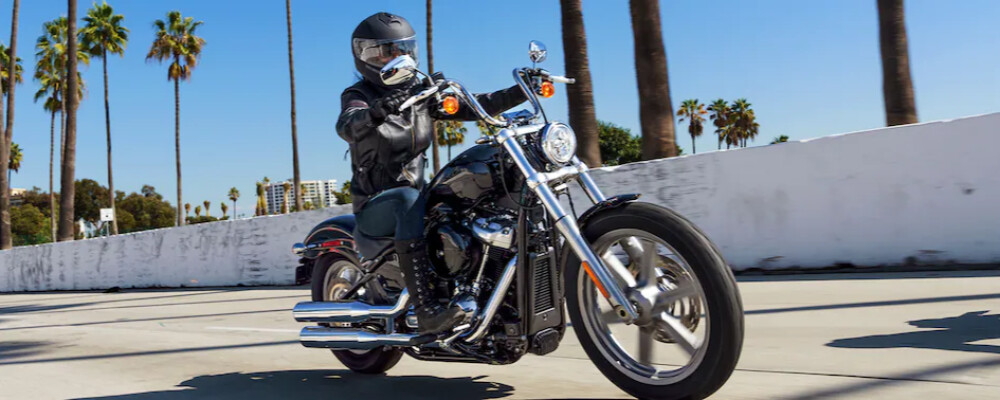Industry analysts predict the platform trolley market will continue growing both domestically and globally and will do so towards 2030, mainly due to e-commerce expansion and developing numbers of older workforces who have a greater requirement for tools which reduce friction in the workplace. Composites such as glass-fiber-reinforced polypropylene might replace aluminium for weight-critical applications, and 3D-printed lattice decks offer stiffness–to–mass ratios that have never been achieved before. Energy-harvesting wheels, which convert spinning motion to trickle-charging power for onboard sensors, are being tested in the lab–and potentially removing the need for batteries and their maintenance headaches.
Autonomy, long the exclusive purview of costly AGVs, could for downstream in the form of self-guiding trolleys that follow workers around via their ultrasonic or vision-based “follow-me” functions. Hospitals might even embed ultraviolet-C LEDs beneath clear polycarbonate desks to automatically disinfect surfaces in the wait between patient rooms, adding infection-control value while showing good lighting doesn’t have the be aesthetically cold. Platform trolley retains their place in today’s automated world for a variety of reasons – not least due to the vast array of accessories available to convert a basic frame for use covering most applications. Regulators are also catching up, draft ISO guidance is even looking into cyber-security rules for connected manual-handling equipment. These developments illustrate how even a century-old tool can be quickly reappraised, when combined with digital ecosystems and sustainability drivers.
Customization and Accessorizing Ecosystem
Removable mesh sides turn open deck into a secure cage for high-risk electronics, and drop-in dividers create 8 or 12 individual picking locations on the same deck with no alteration to the deck. Fold-down laptop stations enable managers to roll up a mobile command post down the aisles to do real-time inventory checks, and clip-on waste-bin brackets corral packing debris out of travel paths, lessening housekeeping downtime. Even the wheel sets are modular: one set for the warehouse might feature soft thermoplastic elastomers casters quiet enough for a night shift, for example, while another, with puncture-proof solid rubber, is swapped on before the trolley heads outdoors for a pop-up retail event. This accessories ecosystem facilitates the “buy once, change forever” procurement philosophy so that businesses are not locked into an unsustainable cycle of seasonal surges, layout changes, or compliance requirements without drowning perfectly good assets in the scrap ocean.
Ergonomic Training and Operator Involvement
Even the smartest trolley design has no effect if staff don’t use their trolley in the right way. Progressive retailers incorporate trolley handling as part of compulsory induction programs with the focus on maintaining a neutral spine, smooth acceleration, and presence on cross-faced aisles. Quarterly refresher micro-sessions pump reminders of safe practice on barcode guns just before busier times, to avoid complacency in the run-up to peak can be delivered in quick video snippets via handheld scanners, while operators who assist with testing prototype handles or caster configurations become informal ambassadors, passing on first-hand insights to colleagues and creating ground-up buy-in that safety posters don’t often deliver. Management engagement also helps: when managers publicly celebrate teams for, say, keeping trolley-maintenance logs or hitting push-force targets, it sends a message that ergonomic diligence is as important as pick-rate metrics in a culture where productivity and well-being can be locked in a virtuous cycle.
Continuous Improvement Crossovers
To lean thinkers, platform trolleys become like mobile, or physical signals of workflow instead of information. A lineup of unattended trolleys in front of a workstation would indicate starvation, while congested lanes would show bottlenecks further downstream. By colour coding racks and totes or by affixing RFID-enabled status flags, facilities convert those visual signals into digital data streams from equip2go feeding Six Sigma dashboards that measure variation for pick-to-pack cycle times, or replenishment times. Trolley routes are often the aim of a kaizen event because duplicate steps can be eliminated and the staging locations of empty containers can be relocated so that each loaded part does not have to travel any more than necessary. Gradually, over repeated improvement cycles, these small improvements add up, much as it harmonizes with the Japanese concept of getting rid of reducing waste in transport, in motion and waiting by improving how the trolley is used.



